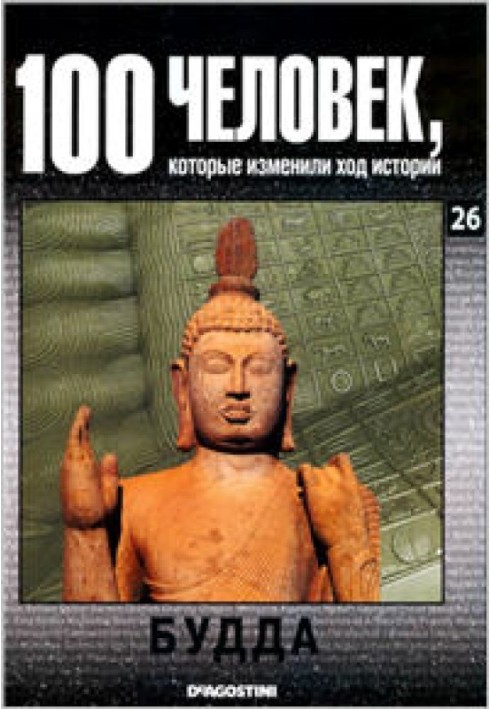Buddha
 Instant download
Instant download
after payment (24/7)
 Wide range of formats
Wide range of formats
(for all gadgets)
 Full book
Full book
(including for Apple and Android)
Siddhartha Gautama (566-486 BC) was heir to the throne of the Shakya kingdom in northern India. He could have become a brilliant ruler, but the prince, seeing the suffering of this world, next to which all the joys of life faded, renounced wealth and power and set out as a humble wanderer in search of wisdom. He defeated the demon Mara and became the great Buddha. And then he returned to the world to teach people about the Four Noble Truths. He was called Shakyamuni ("Sage of the Shakyas"), Bhagavata ("Blessed One"), Tathagata ("Thus Departed"), Sugata ("Blessedly Departed") and Jina ("Victorious"). During his lifetime, Gautama Buddha forbade recording his sermons. Only before his death did he allow his students to preserve them for future generations. But he warned: his real disciple is the one who follows the right path, striving to find the truth. When the Enlightened One left this world, his teachings became a religion. As the teaching spread, it acquired new rituals and mixed with the religions of the places where it penetrated. As a result, Buddhism turned into a complex philosophical and religious complex. Original Buddhist art also emerged. Today, Buddhism is the dominant religion in many Asian countries. Buddhism in the Hinayana form, common in Southeast Asia, does not recognize any other Buddha other than Shakyamuni. This contradicts the belief in the possibility of other bodhisattvas that is characteristic of the northern Buddhist world.
Data sheet
- Name of the Author
- Анастасия Жаркова Евгеньевна
- Language
- Russian
Reviews
Неперевершене вчення про життя та мудрість!
Книга "Будда" - це не просто біографія великого вчителя, а справжнє джерело натхнення для всіх, хто прагне зрозуміти сенс життя та своє місце у світі. Автор майстерно описує шлях Сіддхартхи Гаутами, його боротьбу зі стражданнями та пошуки істини, які врешті-решт призвели до просвітлення. Читання цієї книги відкриває нові горизонти розуміння буддизму, його основних принципів, таких як Чотири благородні істини, та їх значення в сучасному світі. Я був вражений, як автор зумів передати глибину вчення Будди, його філософські ідеї та їх вплив на культуру та мистецтво. Ця книга стане чудовим путівником для тих, хто хоче заглибитися у вчення Будди, а також для тих, хто шукає відповіді на важливі питання життя. Рекомендую всім, хто цікавиться філософією, релігією та саморозвитком!



























